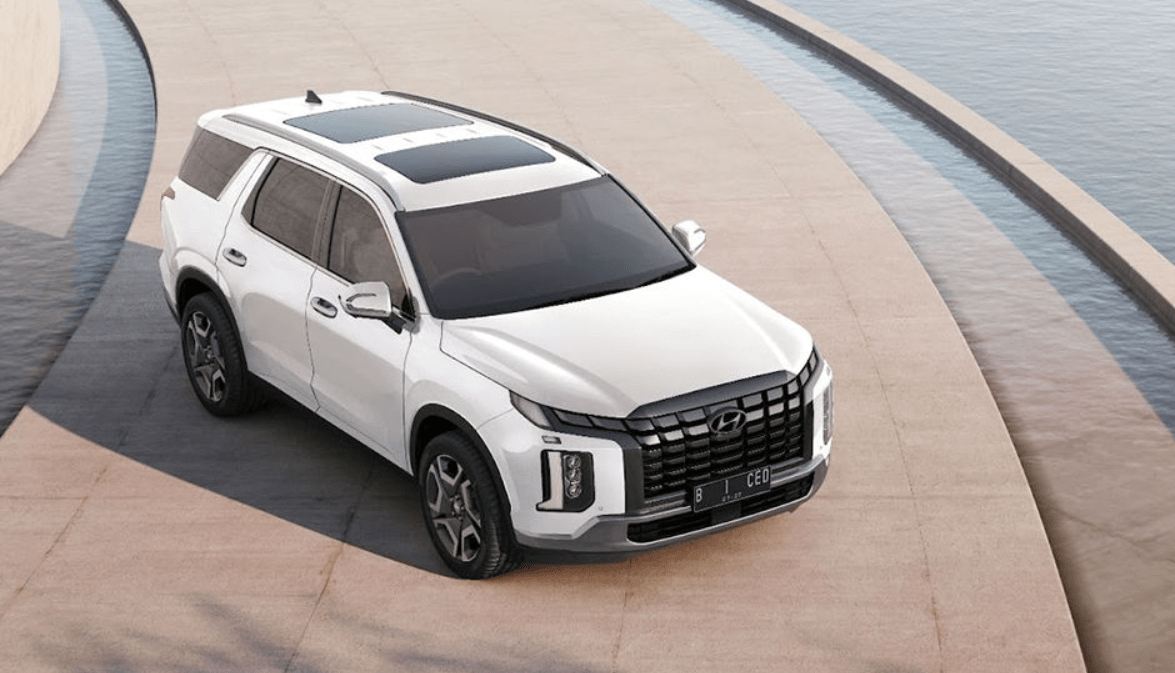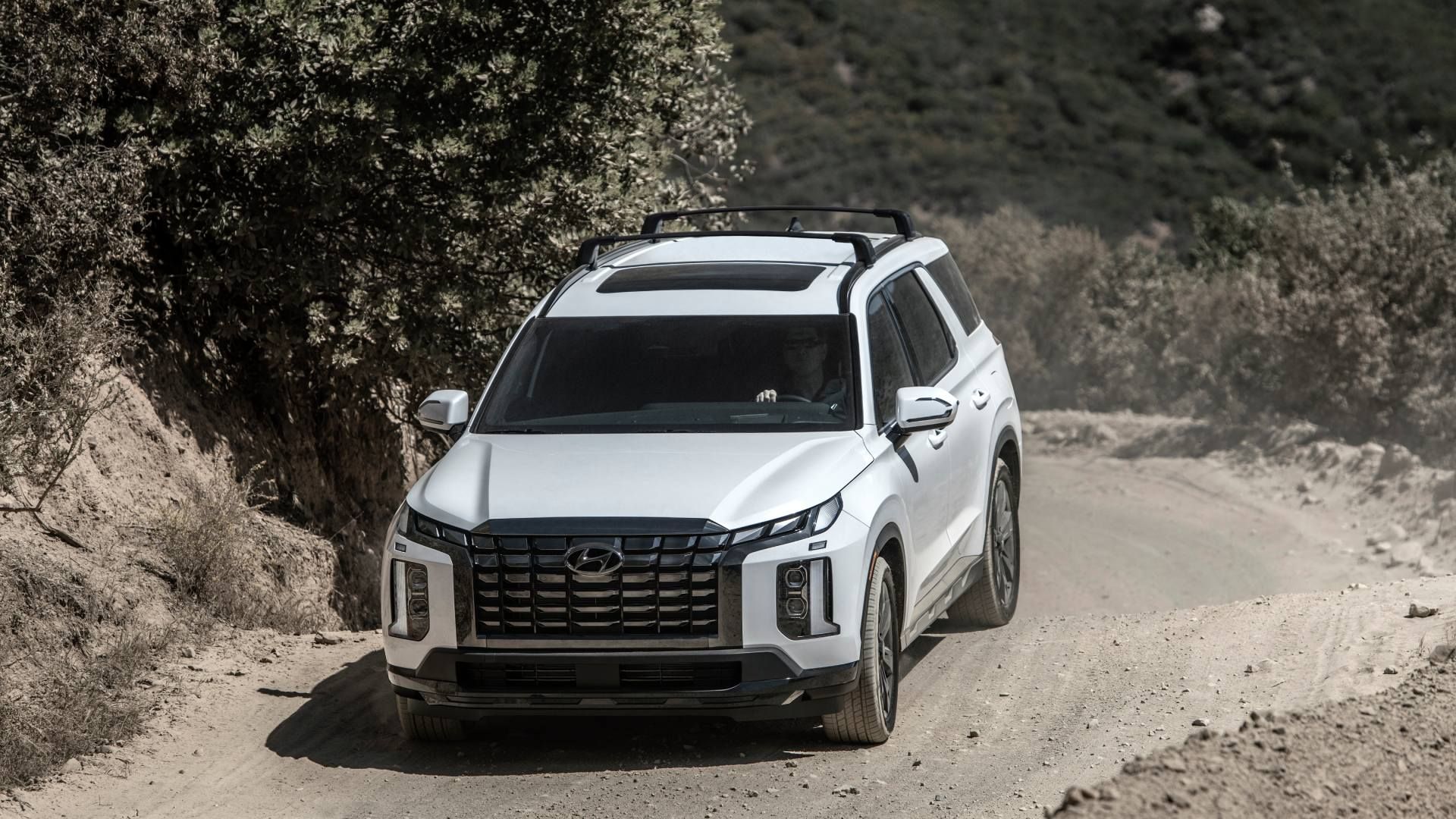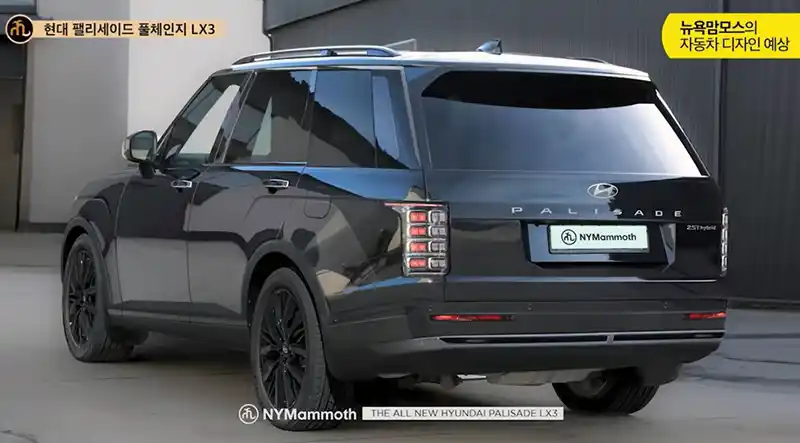A Comprehensive Look at Potential Issues with the 2025 Hyundai Palisade
A Comprehensive Look at Potential Issues with the 2025 Hyundai Palisade
Introduction
With great pleasure, we will explore the intriguing topic related to A Comprehensive Look at Potential Issues with the 2025 Hyundai Palisade. Let’s weave interesting information and offer fresh perspectives to the readers.
Table of Content
A Comprehensive Look at Potential Issues with the 2025 Hyundai Palisade

The Hyundai Palisade, a popular three-row SUV known for its spacious interior, comfortable ride, and advanced technology, is anticipated to continue its success in the 2025 model year. However, like any vehicle, it is crucial to be aware of potential issues that might arise. This article provides a comprehensive overview of potential problems that could affect the 2025 Hyundai Palisade, offering insights into their causes, symptoms, and potential solutions.
Engine and Transmission Concerns:
- Engine Misfires: While Hyundai engines are generally reliable, occasional misfires can occur due to faulty spark plugs, ignition coils, or fuel injectors. Symptoms include rough idling, reduced engine power, and a check engine light.
- Transmission Problems: Issues with the transmission, such as slipping gears, delayed engagement, or harsh shifting, could arise from worn-out clutches, faulty sensors, or low transmission fluid levels.
- Oil Consumption: Excessive oil consumption can be caused by worn piston rings, valve stem seals, or a faulty oil pressure sensor. Monitoring oil levels and addressing any significant drops is crucial.
Electrical System Issues:
- Battery Problems: A failing battery can lead to slow starting, dimming lights, and various electrical malfunctions. Regular battery maintenance and replacement when necessary are essential.
- Infotainment System Glitches: The Palisade’s advanced infotainment system, while generally reliable, can experience occasional software glitches or connectivity issues. Software updates can often resolve these problems.
- Electrical Short Circuits: Faulty wiring, corroded connections, or damaged components can lead to electrical short circuits, causing various malfunctions and even potential fire hazards.
Suspension and Steering Problems:
- Suspension Noise: Squeaking, clunking, or rattling noises from the suspension could indicate worn-out shock absorbers, struts, or control arm bushings.
- Steering Wheel Vibration: Vibrations felt in the steering wheel can be caused by unbalanced tires, worn wheel bearings, or suspension issues.
- Power Steering Malfunctions: Issues with the power steering system can result in difficulty steering, especially at low speeds.
Body and Interior Concerns:
- Paint Defects: While Hyundai’s paint quality is generally good, some vehicles may experience paint defects such as chips, scratches, or uneven application.
- Interior Noise: Road noise, wind noise, or creaking noises from the interior could indicate poor sound insulation or worn-out seals.
- Climate Control Issues: Problems with the air conditioning or heating system, such as inadequate cooling or heating, could be caused by a faulty compressor, clogged filters, or refrigerant leaks.
Safety System Malfunctions:
- Advanced Driver Assistance System (ADAS) Issues: The Palisade’s ADAS features, such as lane departure warning, adaptive cruise control, and automatic emergency braking, can occasionally malfunction due to software errors, sensor issues, or environmental factors.
- Airbag Deployment Problems: While rare, malfunctions with the airbag system can occur due to faulty sensors, wiring issues, or improper installation.
Addressing Potential Issues:
- Regular Maintenance: Following the manufacturer’s recommended maintenance schedule is crucial for preventing many potential problems. This includes oil changes, tire rotations, fluid checks, and inspections.
- Early Detection: Being aware of potential symptoms and addressing them promptly can prevent minor issues from escalating into major problems.
- Professional Diagnosis: If you suspect a problem, it’s essential to have a qualified technician diagnose the issue accurately.
FAQs:
-
Q: What are the most common problems with the Hyundai Palisade?
- A: Common issues include engine misfires, transmission problems, electrical system glitches, suspension noise, and infotainment system malfunctions.
-
Q: How can I prevent potential problems with my Palisade?
- A: Regular maintenance, early detection of symptoms, and professional diagnosis are key to preventing major issues.
-
Q: Is the Hyundai Palisade reliable?
- A: The Palisade is generally a reliable vehicle, but like any car, it can experience issues.
-
Q: What is the average lifespan of a Hyundai Palisade?
- A: With proper maintenance, a Hyundai Palisade can last for 150,000 miles or more.
Tips:
- Research and Review: Before purchasing a 2025 Palisade, thoroughly research its reliability and potential issues by reading reviews and forums.
- Pre-Purchase Inspection: Have a qualified mechanic inspect the vehicle before buying it to identify any existing problems.
- Extended Warranty: Consider purchasing an extended warranty to cover potential repairs beyond the manufacturer’s warranty.
- Maintain Records: Keep detailed records of all maintenance and repairs performed on your Palisade.
Conclusion:
The 2025 Hyundai Palisade is expected to be a reliable and capable vehicle. However, being aware of potential issues and taking proactive measures to prevent them can ensure a more enjoyable and trouble-free ownership experience. By following the tips and addressing concerns promptly, owners can maximize the lifespan and performance of their Palisade.








Closure
Thus, we hope this article has provided valuable insights into A Comprehensive Look at Potential Issues with the 2025 Hyundai Palisade. We thank you for taking the time to read this article. See you in our next article!